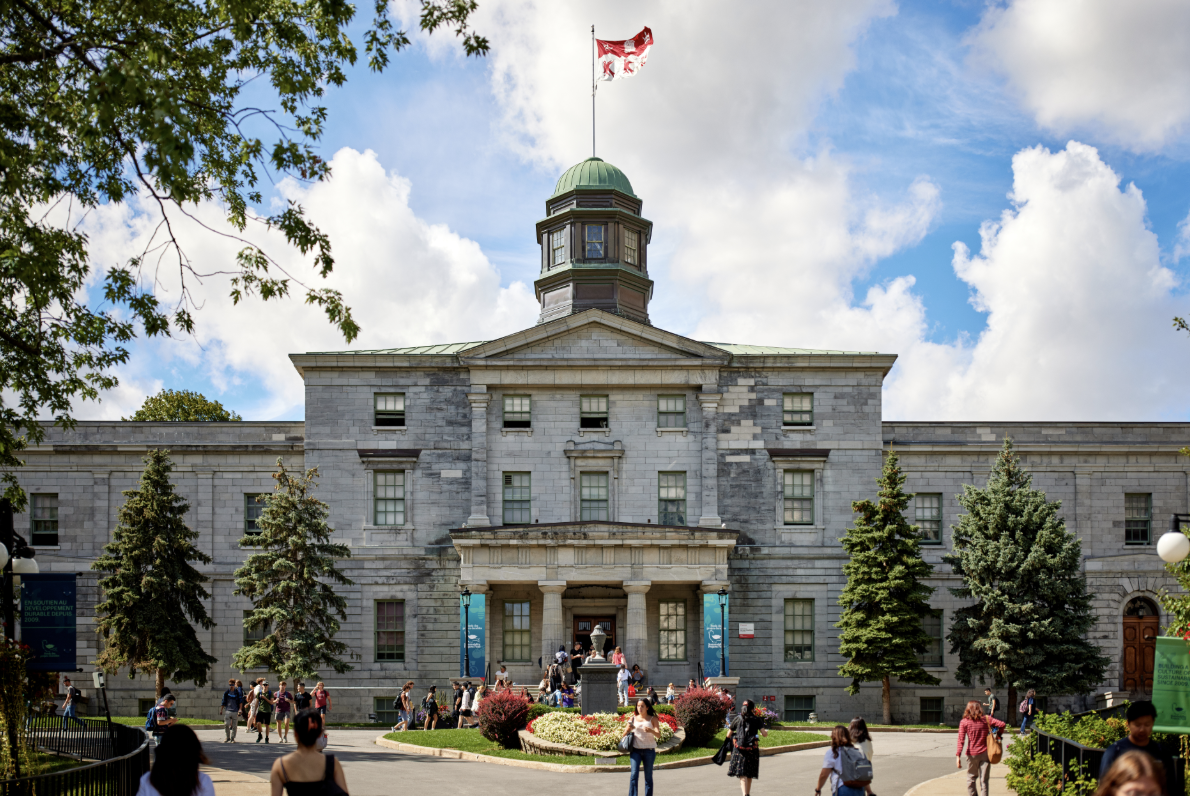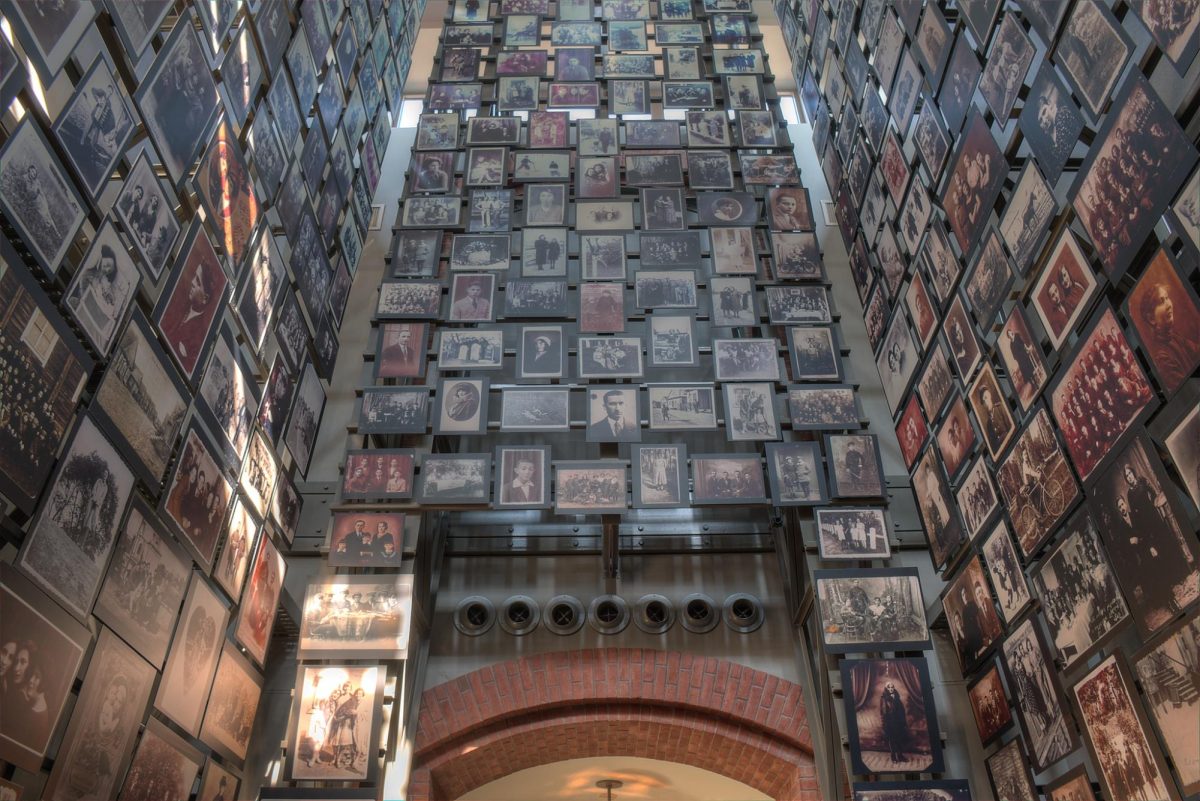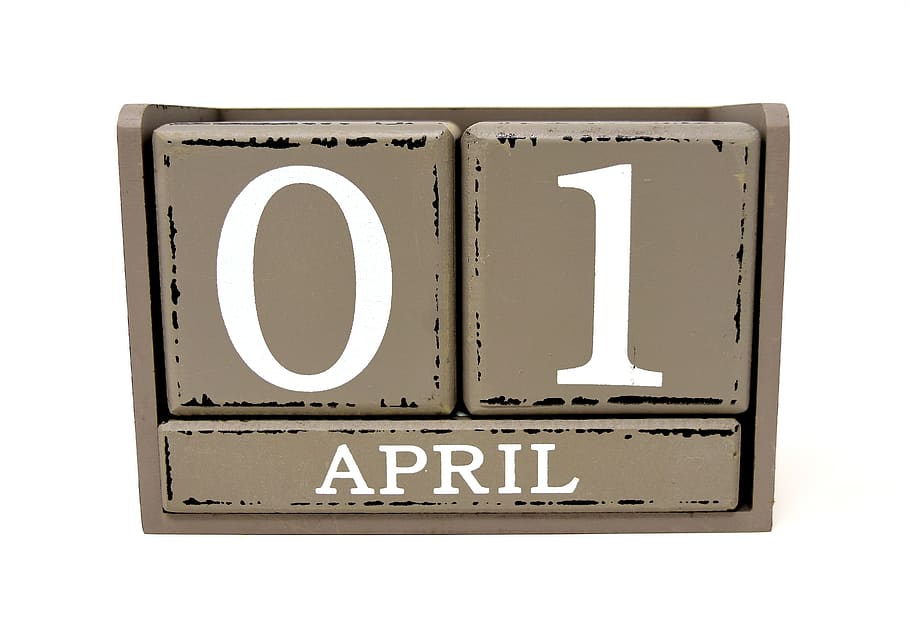On Apr. 15, 2019, the famous Notre Dame Cathedral had a major fire that spanned over the top of the cathedral. It lost its iconic spire and much of its roof from the fire, but the cause is still unknown.
People worldwide have donated money to the cathedral for reconstruction. It amassed over €600 million in the first night and has currently received over €1 billion. Billionaires, and corporations like Apple have donated to the restoration efforts, but ordinary people who wanted to help have also pitched in, like a British nine-year-old who sent €3 to the cathedral.
There have been two schools of thought in response to the surge of donations to the cathedral. People in France have expressed gratitude for the overwhelming support in the wake of the event, but critics called out billionaires that made huge donations to the cathedral.
Most of the negative responses, mainly from Twitter users, are about how the money from millionaires and billionaires should be going to larger world issues, like world hunger, instead of the 850-year-old building.
The more indifferent responses take a view of the event on a wider scale to assess the severity. “I kind of agreed with them, people are donating millions of dollars to fix a building when people don’t have water or shelter. And in general, the environment’s also dying,” sophomore Riley Contee said.
People may not know the significance of the cathedral and the importance of it being set on fire. In France, it is considered the heart of Paris, it houses many important religious symbols, and is filled with cultural significance.
According Sylvie Coumel, a native Parisian, The Holy Crown was brought to the cathedral in 1239, Napoleon I was coronated in the cathedral in 1804, and it is where the “Magnificat” was sung during the liberation of Paris in 1944. During the Middle Ages, both the rich and poor convened and socialized. Knights would come to be blessed before a crusade or wars. It also inspired literary works like Notre Dame de Paris and Hunchback of Notre Dame by Victor Hugo. Notre Dame is also significant in daily life and fosters personal connections.
Coumel, the Global Patient Solutions & Outcomes Director at the French pharmaceutical company, Sanofi, was devastated upon hearing about the fire. A lot of her life revolved around Notre Dame and it had a deeper importance to her than just cultural. “From school to university, then family life, with parents, friends, now with my son and my husband. For Christmas and Easter we go there. And you know it’s a very sad time, because for the first time in our lives, we won’t hear the bells ringing for Easter,” she said.
The building’s significance also lies in how many people worldwide relate to it. This may lead to more representation in the press and the severity of the event increasing. WIS French teacher and France native Anne Grelier, reflected on the significance of the donations in an interview with a Dateline reporter. She saw the event as a way to check our priorities and whether the donations match the severity of the event. If the mainstream media feels close to a certain monument then the attention will become excessive.
“And that’s the reality, but I think that’s something we need to address, how much money are we ready to contribute to a cathedral, and how much money are we ready to contribute to global warming, or [terrorism] or victims,” Grelier said.
The cathedral already has plans to be rebuilt within five years and the weakening monument has needed renovations for a while. Notre Dame and the fire are significant, but it begs the question if we as a society are willing to give equitable support to all.

































































